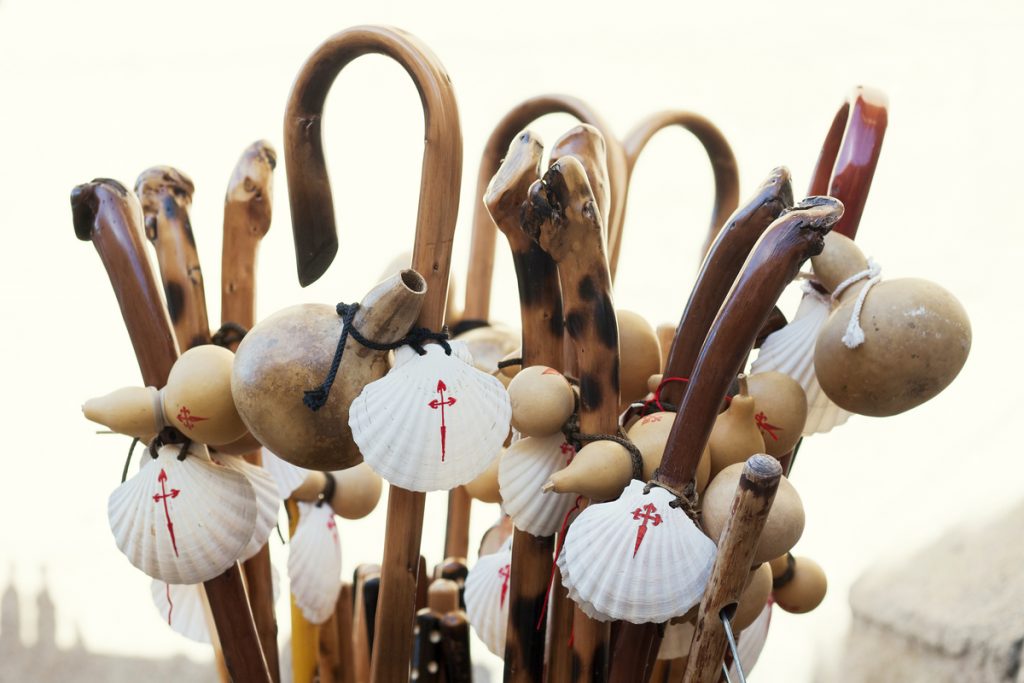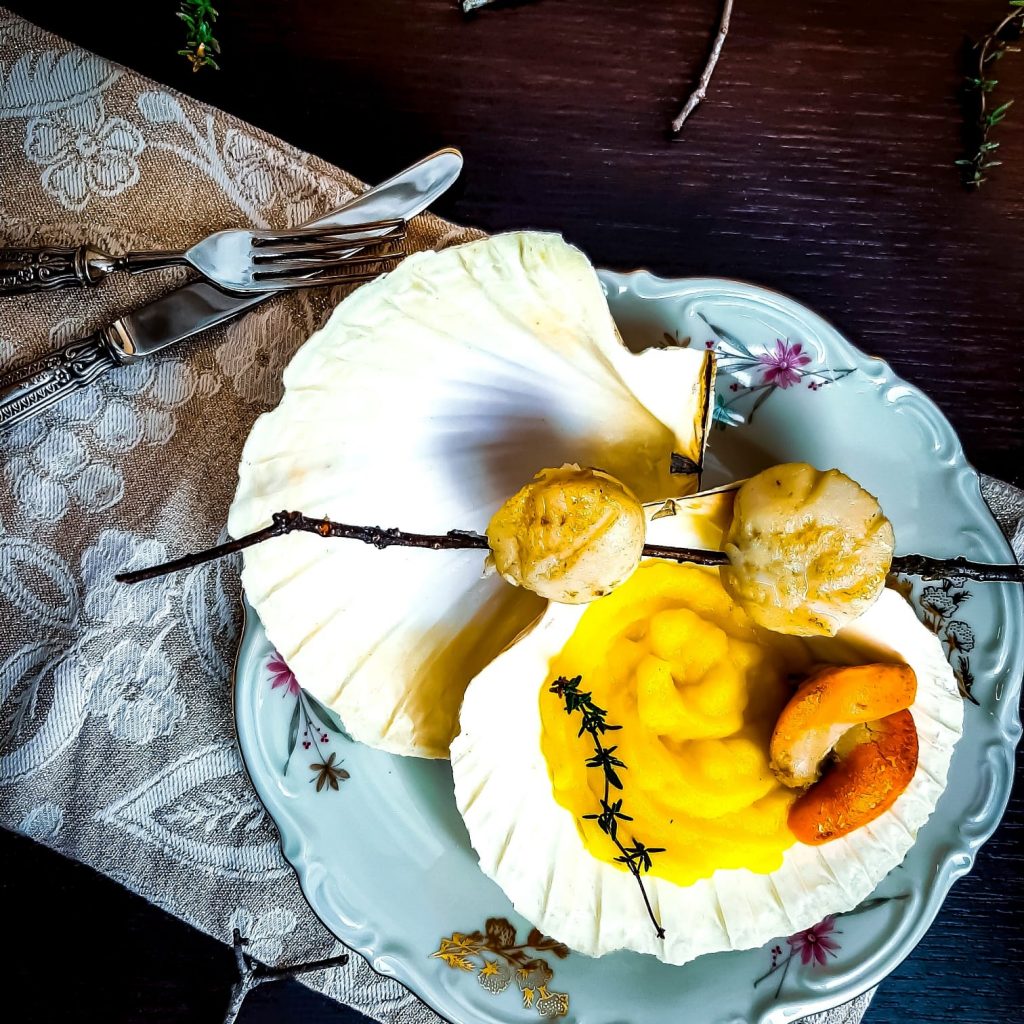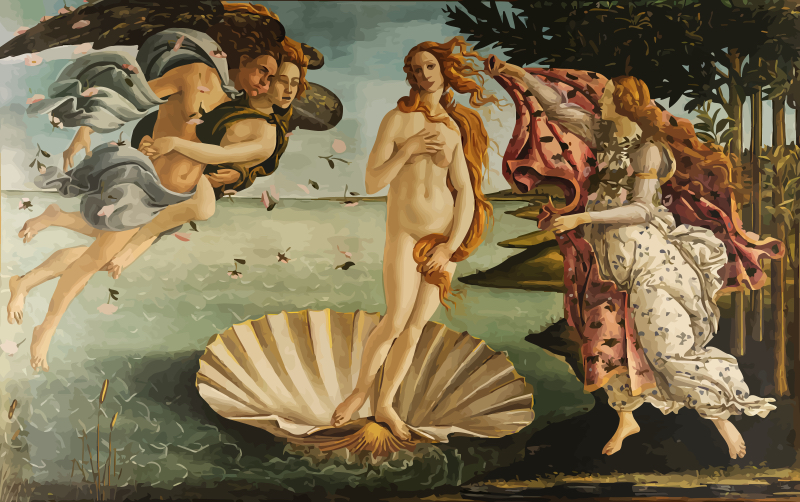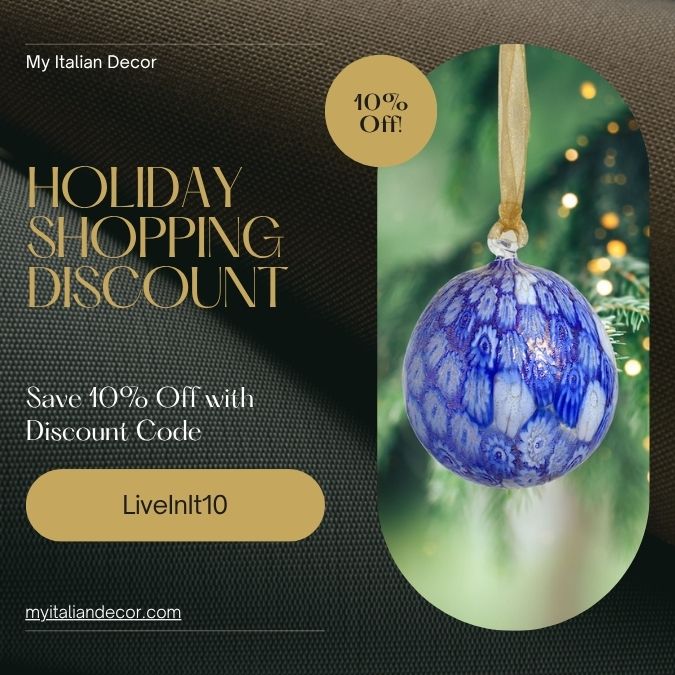Scallops with Thyme and Saffron Potato Cream

Il nome capasanta risale al Medioevo, quando i sacerdoti la usavano per versare l’acqua santa sul capo di chi stava ricevendo il battesimo. Il suo secondo nome, conchiglia di San Giacomo o conchiglia del pellegrino, deriva dal fatto che, sempre in età medievale, i pellegrini che compivano il cammino di Santiago, una volta arrivati alla meta, il santuario di San Giacomo, appunto, legavano la conchiglia della capasanta al collo o al bastone a dimostrazione di aver effettivamente compiuto tutto il cammino.

Le capesante sono diffuse in tutto il Mar Mediterraneo ed anche nel Mar del Nord e nell’Atlantico orientale, in Italia si trovano in tutti i mari a condizioni che i fondali siano arenosi o sabbiosi tra i 25 e i 200 metri di profondità. Un alimento ipocalorico, povero di grassi saturi e ricco di proteine, vitamine e omega 3, un mix tra la tenera consistenza della polpa e il suo gusto, estremamente raffinato che si presta con estrema versatilità a tantissimi piatti, un classico delle cene del periodo natalizio che in questa ricetta, totalmente gluten free, ho abbinato ad una crema di patate allo zafferano dal gusto altrettanto delicato. Un piatto all’insegna della bellezza e dell’amore e la conchiglia della capasanta ne è l’emblema fin dall’antichità, il simbolo di Venere secondo la rappresentazione del Botticelli, dove la dea nasce proprio dalla conchiglia di una capasanta.

Godetevi la bellezza delle serate di festa, e quel bell’ appetito che l ‘amore genera.
Ingredienti
- • 8 capesante
- • 2 bustine di zafferano
- • 500 gr di patate
- • 30 gr di burro
- • 1 scalogno
- • 1 rametto di rosmarino
- • Brodo vegetale q.b.
- • Sale q.b.
- • Pepe q.b.
- • Olio extravergine di oliva q.b.
Procedimento
Si comincia con la crema. Bollire le patate in acqua bollente salata per almeno 10 minuti. Dopodiché, togliere la buccia e lasciare da parte. Ora imbiondire lo scalogno tritato finemente in padella con due cucchiai di olio extravergine di oliva e un rametto di rosmarino fino a quando sarà appassito a questo punto inserire le patate tagliate a cubetti. Salare e pepare e continuare a cuocere allungando di tanto in tanto con del brodo vegetale fino ad ottenere una consistenza cremosa e la cottura delle patate. A questo punto frullare velocemente la crema con il minipimer e rimettetere a scaldare. Aggiungere ora lo zafferano e cuocere per altri 5 minuti. A questo punto, cuocere le capesante, che dovranno essere scottate velocemente in padella. Scaldare una noce di burro con un filo d’olio e poi aggiungere le capesante facendole rosolare a fiamma alta per circa 1 minuto per lato. Servire impiattando la crema nelle conchiglie o in ciotole monoporzione adagiandovi sopra le capesante appena scottate, aggiungere infine un filo di olio extravergine a crudo, del timo e stimmi di zafferano per decorare.
Buon appetito!
The name “capasanta” or scallop, dates back to the Middle Ages when priests used the shells to pour holy water on the head of those who were being baptized. Its second name, shell of San Giacomo or shell of the pilgrim derives from the fact that, in the Middle Ages, the pilgrims who made the journey to Santiago would, upon arrival at their destination — the sanctuary of San Giacomo, hang the scallop shell around their neck or on a stick to demonstrate that they had actually completed the whole journey.
Scallops are widespread throughout the Mediterranean Sea and also in the North Sea and the eastern Atlantic. In Italy, they are found in all seas where the seabed is sandy and between 25 and 200 meters deep. Scallops are a low-calorie food, low in saturated fats and rich in proteins, vitamins and Omega 3. They are a mix between the tender consistency of the pulp and its extremely refined taste that lends itself with extreme versatility, to many dishes. This recipe is a Christmas classic and totally gluten free.
I combined them with a saffron potato cream which has an equally delicate flavor. This dish is dedicated to the beauty and love of which the scallop shell has been the emblem since ancient times. It is also symbolic of Venus depicted in Botticelli’s painting, “The Birth of Venus” where the goddess is born from the scallop’s shell.
Enjoy the beauty of evening’s party evenings and the good appetite that love generates.
Ingredients
- • 8 scallops
- • 2 sachets of saffron
- • 500 grams of potatoes
- • 30 grams of butter
- • 1 shallot
- • 1 sprig of rosemary
- • Vegetable broth to taste
- • Salt to taste
- • Pepper to taste
- • Extra virgin olive to taste
Method
Let’s start with the cream. Cook the potatoes in salted boiling water for at least 10 minutes. Then, peel off and leave aside.
Now brown the finely chopped shallot in a pan with two tablespoons of extra virgin olive oil and a sprig of rosemary until shallot is limp. At this point add the diced potatoes.
Season with salt and pepper and continue cooking, adding vegetable broth from time to time until the potatoes are cooked and creamy. At this point, quickly blend the cream with the blender and heat up again.
Now add the saffron and cook for another 5 minutes. Sear the scallops quickly in a pan. Heat a knob of butter with a drizzle of extra virgin olive oil and then add the scallops, browning them over high heat for about 1 minute per side.
Serve the cream in the shells or in single-serving bowls, placing the scallops on top, adding a drizzle of raw extra virgin olive oil, thyme and saffron threads to decorate.
Enjoy your meal!


